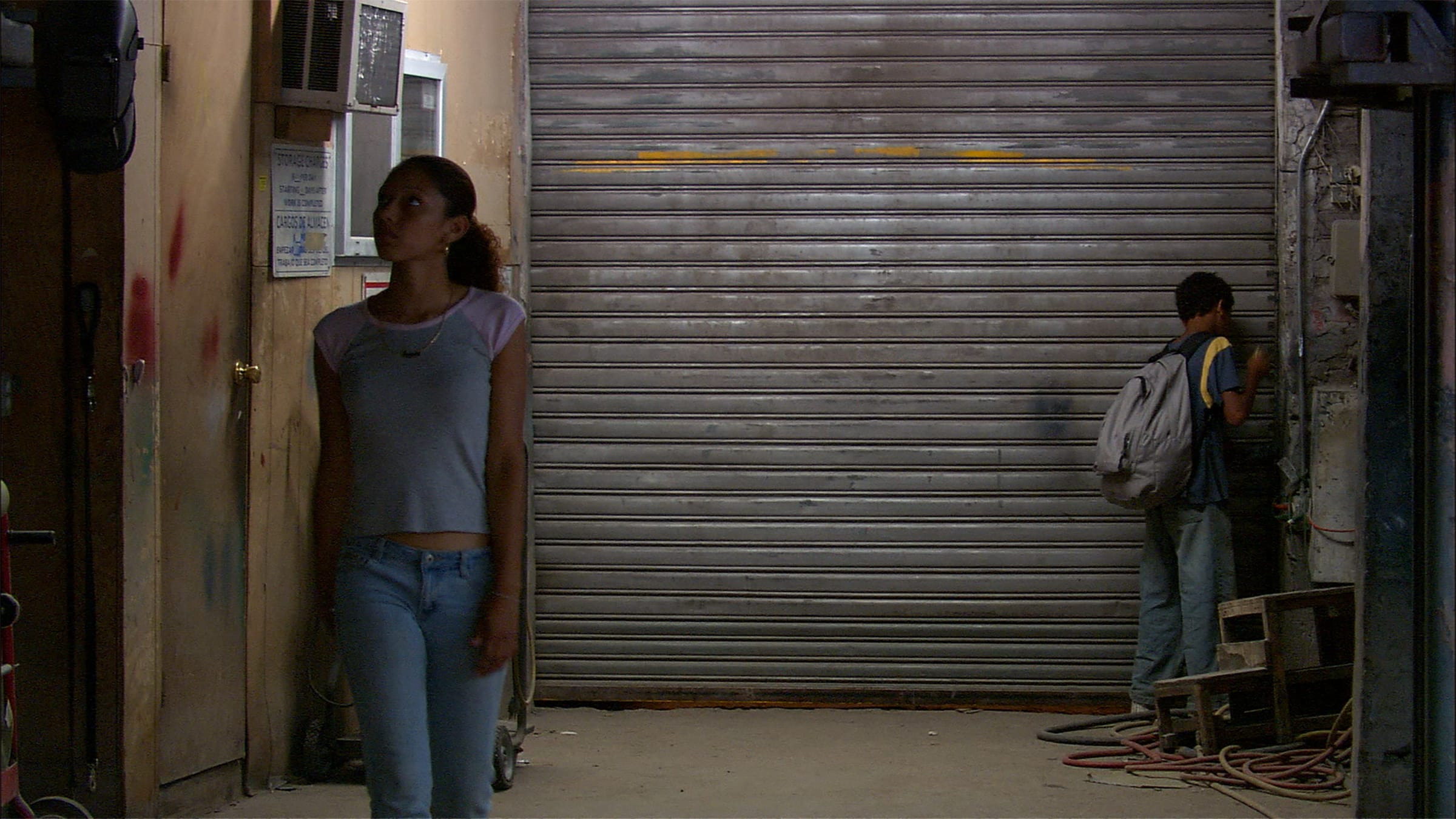Chop Shop: American Hustle

Hollywood is the unofficial ministry of propaganda for the United States. Newcomers to this country typically begin their process of Americanization well before they arrive, having been exposed, for quite some time, to the long-distance bombardment of American blockbusters. In the Hollywood imagination, “America” is typically white and well-off, at least relative to most of the world. It is a shock, then, for many of these arrivals to discover that the portion of the United States they are settling in looks nothing like the movie fantasies of Manhattan or Malibu, Scarsdale or Shaker Heights. Seeing for the first time a gritty area of New York, or a heavily urbanized neighborhood of central Los Angeles, more than one of these newcomers have remarked, bemusedly, that they must be in a developing nation.
This is the America that Ramin Bahrani focuses on in a cluster of his early films: Man Push Cart (2005), Chop Shop (2007), and Goodbye Solo (2008). The filmmaker Trinh T. Minh-ha has called this landscape “the Third World within the First.” Now we would say “Global South” instead of “Third World,” but the impetus is the same, a recognition that centuries of colonialism and the voluntary and involuntary movements of people continue to shape our present. The vision that Trinh and Bahrani share is both an artistic and a political one, because even to recognize that there is a Third World within the First, or a Global South within the Global North, and that such a mixed culture is worthy of cinematic attention, is inherently political. As Bahrani himself has noted, he is “making films about how the majority of people in this world live . . . This majority is utterly ignored by Hollywood and independent film (95–99 percent of films seem only interested in how 1–5 percent of the population lives).” That is dreadful for American culture. For a young, talented, and ambitious filmmaker, however, that means that there is no shortage of stories to tell, just a shortage of funding with which to make such movies.
For the specific terrain of Chop Shop, Bahrani chose an area of Willets Point, Queens, called the Iron Triangle, situated near Shea Stadium, a place populated by auto-body-repair shops that range from honest, sweat-of-the-brow establishments to others that deal in stolen cars and stolen parts. The Iron Triangle had made an earlier appearance in American culture: in F. Scott Fitzgerald’s The Great Gatsby, as the “valley of ashes,” about “half way between West Egg and New York.” In this valley, “a line of gray cars crawls along an invisible track, gives out a ghastly creak, and comes to rest, and immediately the ash-gray men swarm up with leaden spades and stir up an impenetrable cloud, which screens their obscure operations from your sight.” In Hollywood’s versions of The Great Gatsby, the spectacular attraction concerns the people who, as Fitzgerald writes, “smashed up things and creatures and then retreated back into their money or their vast carelessness, or whatever it was that kept them together, and let other people clean up the mess they had made.” Bahrani instead chooses to look at these “other people”—not white and not rich, including those who have taken the place of Fitzgerald’s “ash-gray men.”







